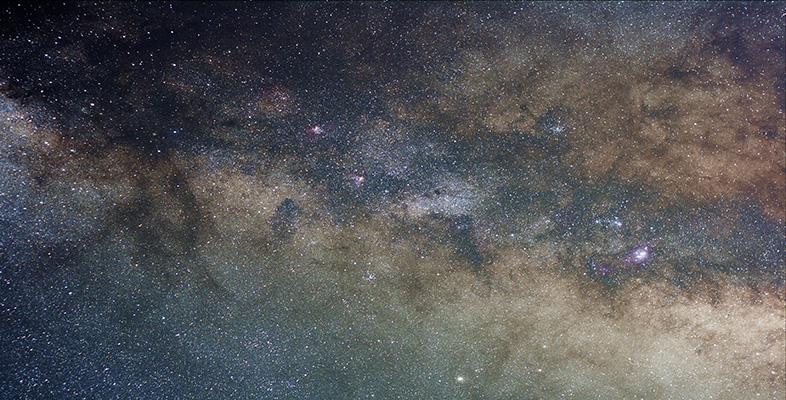3.5 Blazars
Blazars appear star-like, as do quasars, but were only recognised as a distinct class of object in the 1970s. They are variable on timescales of days or less. All are strong and variable radio sources. There are two subclasses.
BL Lac objects are characterised by spectra in which emission lines are either absent or extremely weak. They lie at relatively low redshifts. At first, they were mistaken for variable stars until their spectra were studied. (Their name derives from BL Lacertae which is the variable-star designation originally given to the first object of this type to be studied.)
Just over 100 BL Lacs are known and evidence for host galaxies has been found for 70 or so. Figure 25 shows three examples of a survey of BL Lac host galaxies that was conducted with the Hubble Space Telescope. In most cases the host galaxy appears to be elliptical and the stellar absorption lines help to confirm the redshift of the object.
Optically violent variables (OVVs) are very similar to BL Lacs but have stronger, broad emission lines and tend to lie at higher redshifts.

